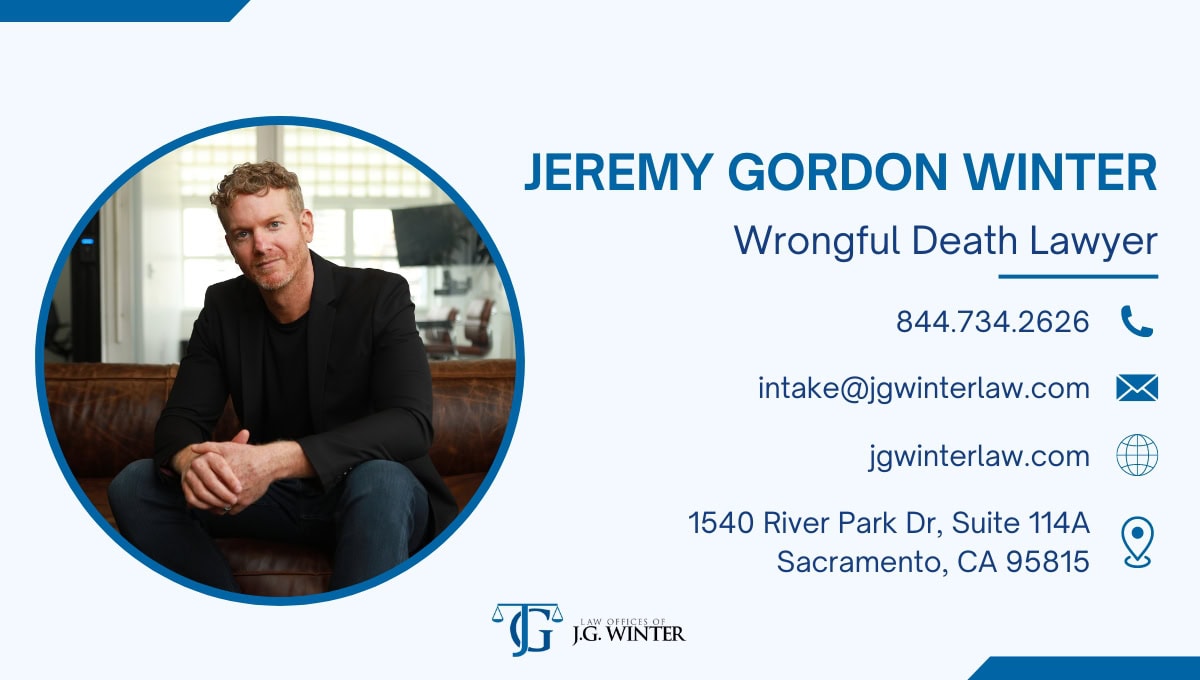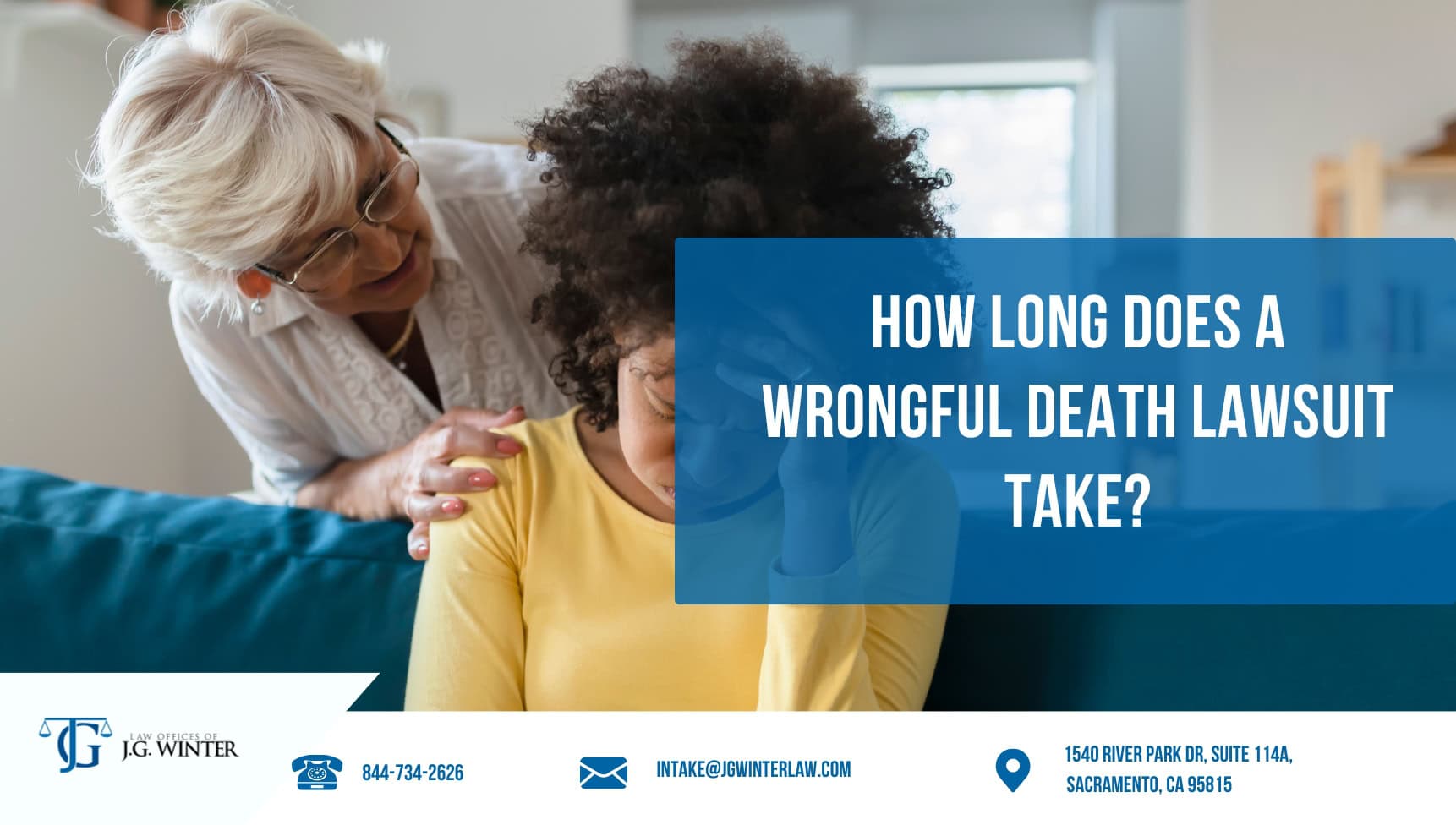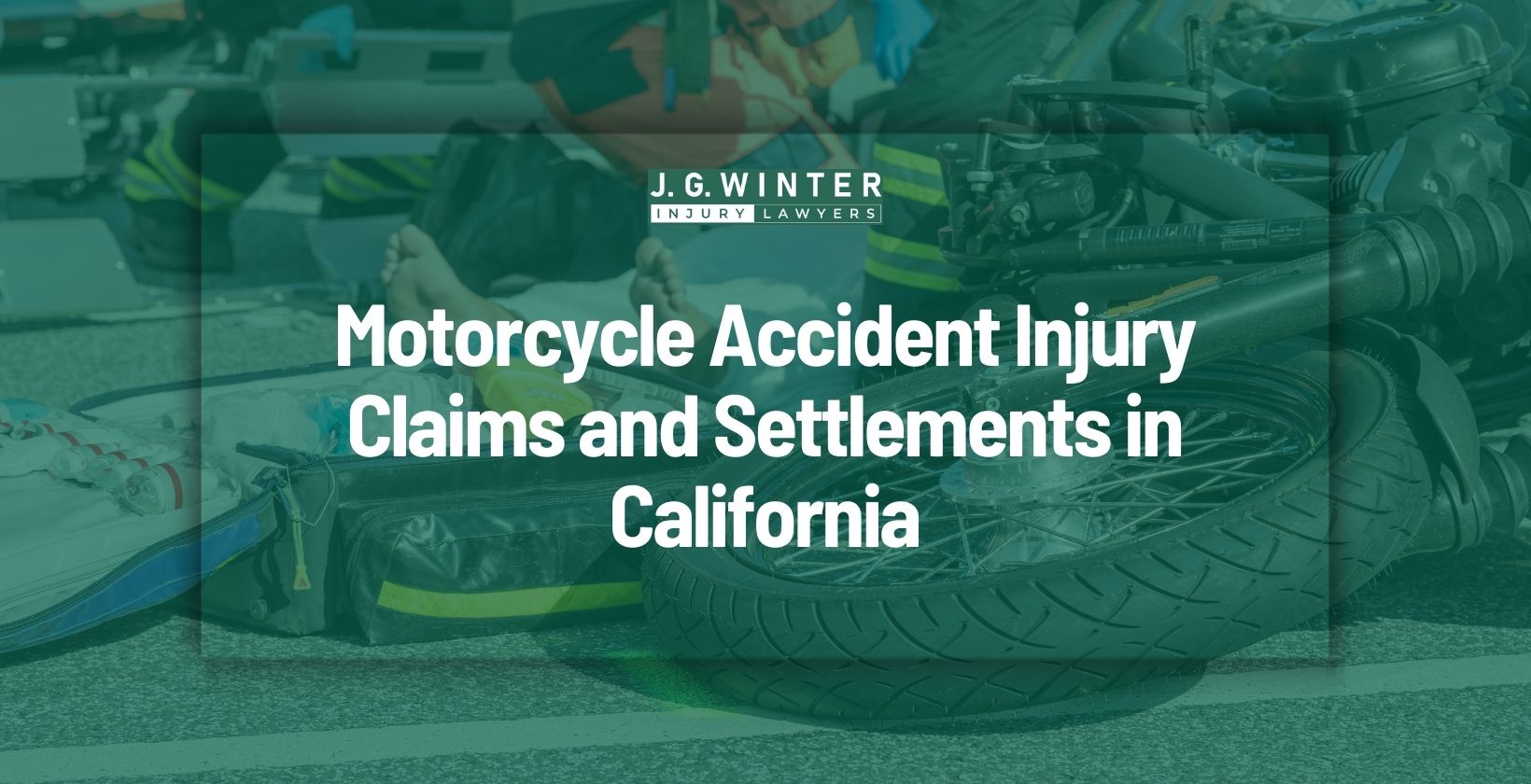The unexpected loss of a loved one due to negligence is devastating, and pursuing a wrongful death lawsuit can be a complex path toward closure. While every case is unique, understanding the typical process can help you prepare. This blog discusses how long does a wrongful death lawsuit take, factors that can impact the length of your lawsuit and provides a roadmap of the key stages. We’ll discuss it from filing the initial claim to potential trial and settlement.
Factors influencing the timeline
Understanding the factors affecting the timeline can help you make informed decisions and manage expectations, allowing you to focus on healing while your legal team fights for justice.
Here are the major factors influencing the timeline:
Case complexity
The complexity of your case is a major factor in determining its timeline. Cases involving multiple responsible parties, extensive evidence collection, or legal ambiguity often require more time and resources to investigate and resolve. This can lead to a lengthier legal process compared to simpler cases.
Liability
Liability, determining who is legally responsible for the death, significantly impacts the timeline. Clear liability can lead to faster resolutions through negotiation or early settlement, while disputed liability often necessitates extensive investigations, potentially leading to lengthy legal battles and delaying the overall process.
Evidence availability
Strong evidence can expedite the resolution of a wrongful death case, leading to faster settlements or trials. On the other hand, weak or unavailable evidence can significantly prolong the process, requiring extensive investigations and potentially causing delays of months or even years.
Settlement negotiations
When both parties are willing to negotiate, lawsuit settlements can often be reached quickly, sometimes within months. However, if negotiations break down over disagreements on terms or compensation, the case might go to trial. Trials are much longer, often taking years to resolve due to court hearings, discovery phases, and possible appeals.
Court schedule
The court’s schedule significantly impacts the timeline of a wrongful death lawsuit. A backlog of cases or limited availability of judges can lead to delays in scheduling hearings, motions, and the trial itself. These delays can extend the overall duration of the case, sometimes by months or even years. For example, if the court is overburdened with a high volume of cases, getting a hearing date for your case might take longer.
In addition, court schedules often include breaks for holidays, vacations, and administrative tasks. These breaks can also contribute to delays in your case’s progression.
Type of death
The circumstances surrounding your loved one’s death can significantly impact the timeline of your wrongful death lawsuit. Cases involving complex or specialized causes, such as medical malpractice, car accidents, or workplace incidents, often necessitate in-depth investigations, expert analysis, and extensive evidence gathering. This additional scrutiny can lead to a longer legal process than cases with more straightforward circumstances.
Statute of limitation
The statute of limitations is a legal deadline for filing a wrongful death lawsuit. In most cases, you have two years from the date of your loved one’s death to file. If you miss this deadline, your case might be dismissed, even if it’s a strong one. This means you must act quickly to ensure your claim is filed within the legally allowed timeframe.
Steps of a wrongful death lawsuit
Understanding the stages of a wrongful death lawsuit can provide you with the knowledge needed to manage the legal process and seek the justice your family deserves.
Initial consultation and case evaluation
The process begins by consulting with an experienced wrongful death attorney. In this initial meeting, you will discuss the details of your case, including the circumstances of your loved one’s death, potential liable parties, and the evidence available. The attorney will assess the strength of your claim, develop appropriate strategies, and guide you through the legal process.
Investigation and evidence gathering
Following the consultation, your lawyer will conduct a detailed investigation into the events leading to your loved one’s death. This involves collecting key evidence, such as accident reports and medical records, interviewing witnesses, and consulting with experts when necessary. During this phase, you will have regular meetings with your lawyer to discuss the findings and plan the next steps in your case.
Filing of the complaint
After a thorough investigation, the next step in a wrongful death lawsuit is filing a formal complaint. This legal document outlines the specifics of the case, including the parties involved, the circumstances surrounding the death, and the damages sought. This document serves as the foundation for the lawsuit and initiates the formal legal process.
Once filed, the court serves the defendant with a copy of the complaint, giving them a deadline to respond. While filing a complaint doesn’t guarantee victory, it’s a crucial step toward seeking justice for your loved one.
Discovery
After the lawsuit is filed, the discovery phase begins. This is where both sides gather information to build their case. This can involve exchanging documents like medical records and police reports, interviewing witnesses under oath (depositions), and consulting with experts. Discovery can be time-consuming, but it’s a crucial step to ensure all relevant facts are brought to light before proceeding to settlement negotiations or trial.
Mediation and negotiation
Mediation and negotiation, often pursued after discovery, seek to settle the lawsuit outside of court, saving time and money.
Mediation involves a neutral third party helping to reach an agreement, while negotiation involves direct talks. Both methods aim to resolve compensation issues without the expense of a trial.
Trial
If no settlement is reached, the case proceeds to trial, where both sides present their evidence and arguments before a judge or jury. Witnesses may testify, and experts may offer their opinions during this potentially lengthy and emotionally challenging process. Ultimately, the judge or jury will determine the defendant’s liability and, if applicable, the appropriate compensation for the plaintiff.
Verdict and judgment
The trial concludes with a verdict, where the judge or jury determines the defendant’s liability. If found liable, the judge then issues a judgment detailing the compensation (damages) the defendant must pay to address the plaintiff’s losses, including medical expenses, lost income, and emotional distress.
Though no monetary award can replace a loved one, a favorable outcome can offer the surviving family justice and financial security.
The impact of state laws on wrongful death lawsuits
State laws significantly impact wrongful death lawsuits, particularly concerning who can file a claim and the types of damages recoverable.
Here are some important rules regarding wrongful death lawsuits.
Comparative negligence lawsuit
Comparative negligence in wrongful death lawsuits refers to the shared responsibility between the deceased and the defendant for the incident causing the death. Each party’s degree of fault is determined, usually as a percentage. The plaintiff’s damages are then reduced in proportion to the deceased’s percentage of fault. This ensures a fair allocation of damages based on each party’s contribution to the incident.
Who can sue
Unlike some states, California allows a broader range of individuals to file a wrongful death claim. This includes the deceased’s spouse, domestic partner, children, and anyone else who would be entitled to the deceased’s property through intestate succession. The state also recognizes the rights of putative spouses, stepchildren, and dependent parents to file a claim under specific circumstances.
Damages recoverable
California law allows for both economic and non-economic damages in wrongful death lawsuits.
Economic damages cover financial losses such as the loss of the deceased’s financial support, medical and funeral expenses.
Non-economic damages compensate for intangible losses, including loss of love, companionship, comfort, care, assistance, protection, affection, society, and moral support.
Discuss your case with J.G. Winter Law’s wrongful death lawyer

Pursuing a wrongful death lawsuit in California can help you maximize your chances of getting the compensation you deserve.
While the duration of these lawsuits can vary widely, ranging from months to years, seeking guidance from an experienced attorney early on can help in a successful wrongful death settlement. They can assess your eligibility, manage the legal complexities and help you pursue justice and financial stability for your future.
At JG Winter Law, we offer a free, no-obligation consultation to discuss your case. We understand your emotional and financial burdens and are committed to providing compassionate and knowledgeable legal support. Don’t hesitate to reach out and take the first step toward seeking justice for your loved one.
Call us at 844.734.2626 for a FREE consultation.


